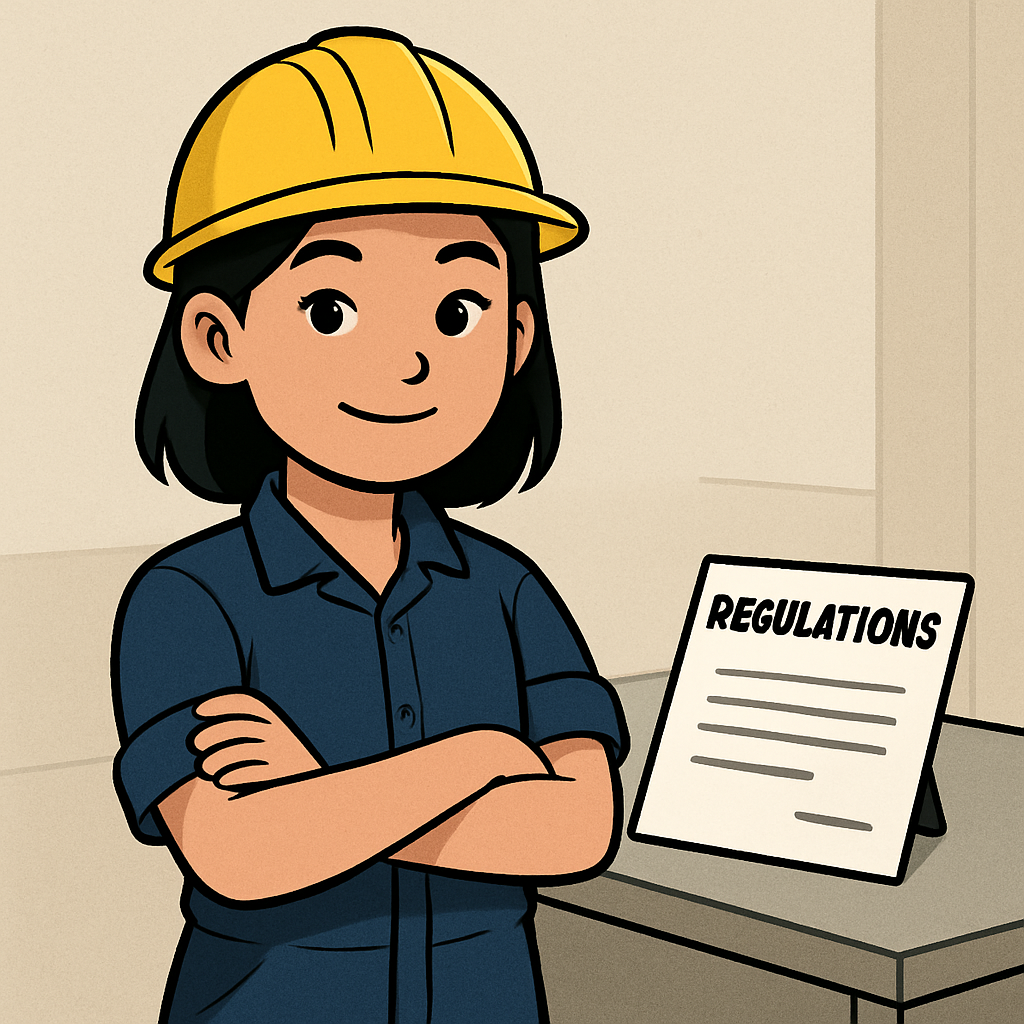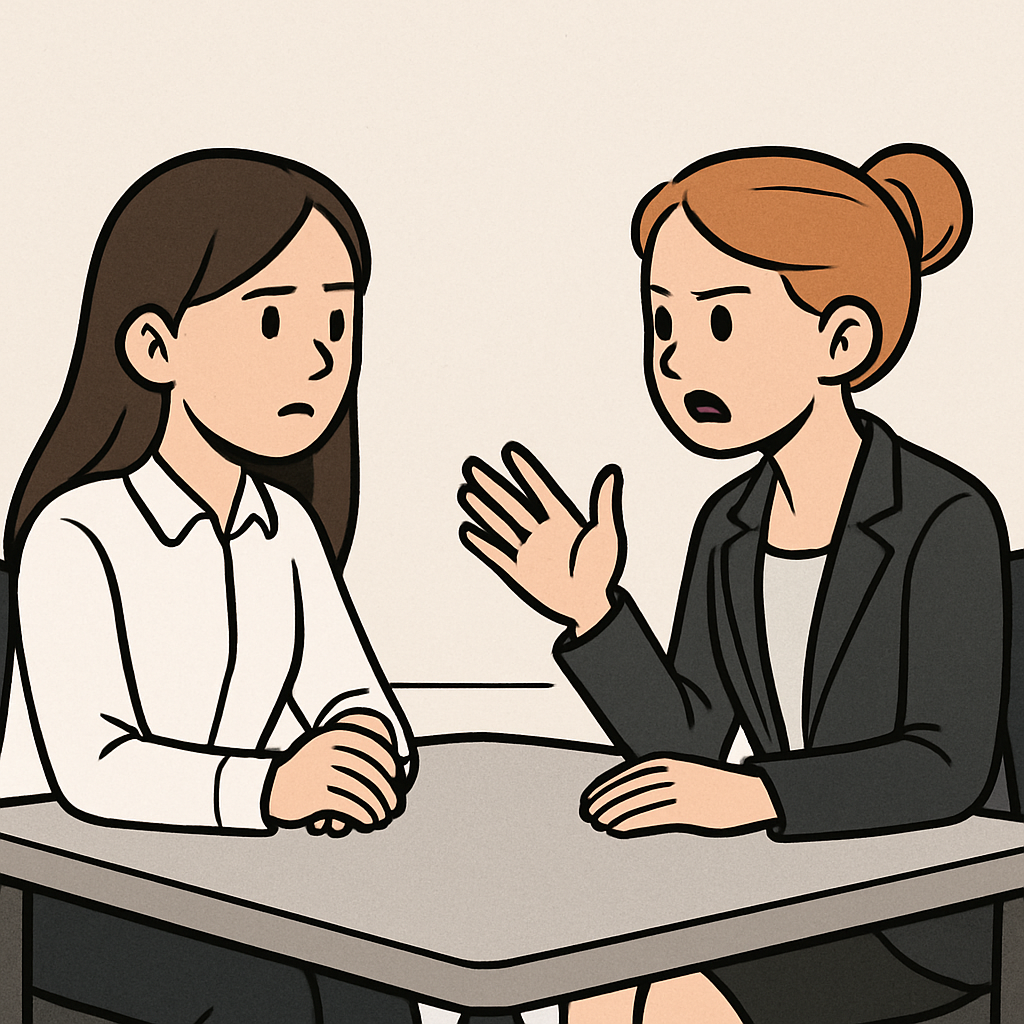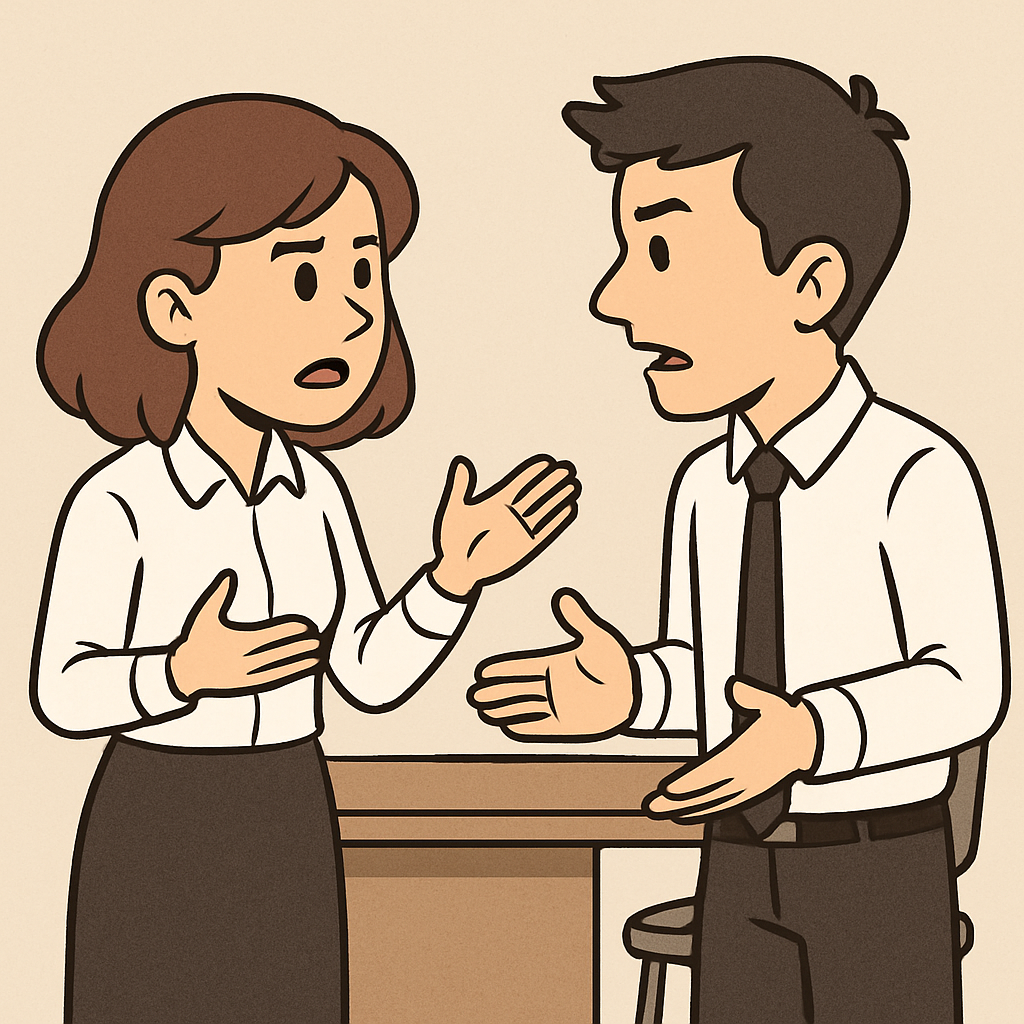In this lesson on work regulations and dispute resolution, you'll explore protections for young workers in Ireland and practise handling conflicts. Understanding these topics will empower you to know your rights and resolve issues confidently.
Here's what you'll do:
 Regulations for young workers in Ireland are designed to protect those under 18 from exploitation and ensure their safety, health, and education are prioritised. These rules come mainly from the Protection of Young Persons (Employment) Act 1996.
Regulations for young workers in Ireland are designed to protect those under 18 from exploitation and ensure their safety, health, and education are prioritised. These rules come mainly from the Protection of Young Persons (Employment) Act 1996.
They limit working hours, prohibit certain types of work, and require breaks to prevent fatigue. Understanding these helps you make informed decisions about part-time jobs or work placements while still in school.
Key points include:
Now, deepen your understanding by researching current regulations for young workers. This will help you apply the rules to real-life scenarios, like a part-time job. Use official sources to ensure accuracy and note how these laws protect you as you enter the workforce.
Start by visiting the Citizens Information website: Rights of young workers. Read the sections on age limits, hours, and breaks.
Make your research thorough by noting specific details, such as maximum hours during school terms versus holidays, and examples of allowed or prohibited work.
Task: List at least five key regulations for 16-17 year old workers. For each, include a brief explanation and one example of how it applies (e.g., 'Maximum 8 hours per day: This means you can't be scheduled for a 10-hour shift in a shop during holidays').
Spend about 15 minutes on this task. Write your list in a notebook or digital document.
 Workplace disputes are conflicts that arise between employees, or between employees and employers, often over issues like pay, hours, safety, or treatment. They can lead to stress, reduced productivity, and even legal action if not handled properly. However, they are common in any work environment and can often be resolved through open communication, following company policies, or seeking help from external bodies. Learning to handle them builds professionalism, resilience, and prepares you for real work environments by teaching you how to advocate for yourself and others.
Workplace disputes are conflicts that arise between employees, or between employees and employers, often over issues like pay, hours, safety, or treatment. They can lead to stress, reduced productivity, and even legal action if not handled properly. However, they are common in any work environment and can often be resolved through open communication, following company policies, or seeking help from external bodies. Learning to handle them builds professionalism, resilience, and prepares you for real work environments by teaching you how to advocate for yourself and others.
Understanding disputes is crucial because they can affect your wellbeing and job satisfaction. As a young worker, you might encounter them in part-time jobs or placements, so knowing how to spot and address them early is key.
Common causes include:
Resolving disputes often starts with talking directly to the person involved, then escalating to a supervisor or HR if needed. In Ireland, you can also contact organisations like the Workplace Relations Commission for advice or mediation.
Quick Task: Think of a time you had a disagreement at school or in a group activity. Jot down what caused it and how it was resolved (or could have been better resolved). This will help you connect personal experiences to workplace scenarios.
Spend about 5 minutes on this.
 Now, simulate a workplace dispute through role-play as a group activity. This will help you explore how conflicts arise and are resolved, building empathy, problem-solving, and teamwork skills. Work in small groups of 2-4.
Now, simulate a workplace dispute through role-play as a group activity. This will help you explore how conflicts arise and are resolved, building empathy, problem-solving, and teamwork skills. Work in small groups of 2-4.
As a group, choose one scenario:
Collaborate to write a short script (200-300 words) with dialogue between at least two characters (e.g., employee and manager). Include the dispute's cause, escalation, and a positive resolution, like discussing it calmly. Assign roles and perform the role-play together, switching parts if needed to see different perspectives.
Task: As a group, create and write your role-play script. Perform it aloud, discussing what worked well in the resolution.
Spend about 20 minutes on this task. Save your script for reflection.
Employee: 'I can't stay late again; it's past 10pm, and I'm only 17.'
Manager: 'We need the help – just this once.'
Employee: 'But the law says no night work. Can we talk about scheduling?'
Manager: 'You're right; let's adjust and involve the team lead.'